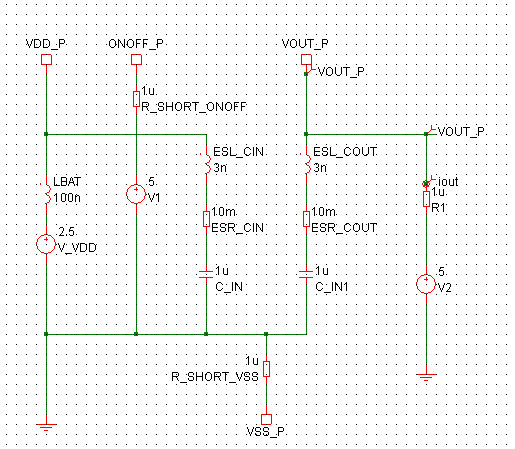Cable Loss Analyzing
I. Objective
For this experiment, we learn about how to measurement the output voltage was loss along cable RG-58 with straight line, 1 bounding, 5 bounding, 7 bounding, and 10 bounding. To complete this experiment, we need to use Signal Generator and Oscilloscope performance.
II. Equipment
To process the experiment for this lab we need some equipment:
- Oscilloscope (ROHDE & SCHWARZ HMO1024): is a main equipment to analyze the loss output signal from Signal Generator.
- Signal Generator (MingHe MHS-5200A): is also important which we use to operate signal to Oscilloscope and to generate with the different frequency.
- Wire RG-58 (21m): use to connect between Oscilloscope and Signal Generator to test the loss signal across it.
III. Methodology
Firstly, we have connected Oscilloscope to Signal Generator straight line RG-58 cable (21m), and then we have input sine wave with the 5v amplitude voltage in Signal Generator to generate this information directly into Oscilloscope with 1KHz frequency, and then we analyzed the output signal on Oscilloscope. We did change the different frequency on Signal Generator until 20MHz, then we took output voltage note for each frequency change.
One more thing, we analyzed RG-58 (21m) with 1 bounding, 5 bounding, 7 bounding, and the last is 10 bounding line with the same input of frequency and voltage above to measurement the loss signal along those bounding lines.
Finally, we need to compare the different loss signal between the straight line and those bounding line, and do the discussion about it.
One more thing, we analyzed RG-58 (21m) with 1 bounding, 5 bounding, 7 bounding, and the last is 10 bounding line with the same input of frequency and voltage above to measurement the loss signal along those bounding lines.
Finally, we need to compare the different loss signal between the straight line and those bounding line, and do the discussion about it.
IV. Result and Discussion
After we finished those experiment we have got some reference information about it and collected it in the table below.
 |
| Table 1: Output result on Oscilloscope of each bounding with 5V input. |
 |
| Figure 1: Output signal of 5v and 10KHz input of straight line. |
 |
| Figure 2: Output signal of 5v and 10KHz of 1 bounding. |
 |
| Figure 3: Output signal of 5v and 10KHz of 5 bounding. |
 |
| Figure 4: Output signal of 5v and 10KHz of 7 bounding. |
 |
| Figure 5: Output signal of 5v and 10KHz of 10 bounding. |
According to the result of the table 1, figure1, figure2, figure 3, figure 4, and figure 5 above.
We see that the output voltage with the same frequencies is not too different to the input voltage with straight line and those bounding.
One more thing, if we compare the output voltage of those 5 figures above with figure 6 and figure 7 to show that, too different frequency is just affect to the output voltage that we can see the loss voltage in high frequency.
We see that the output voltage with the same frequencies is not too different to the input voltage with straight line and those bounding.
 |
| Figure 6: Output signal of 5v and 20MHz input of straight line. |
 |
| Figure 7: Output signal of 5v and 20MHz input of 5 bounding. |
One more thing, if we compare the output voltage of those 5 figures above with figure 6 and figure 7 to show that, too different frequency is just affect to the output voltage that we can see the loss voltage in high frequency.
V. Conclusion
After we have an experiment, we can conclude that the output voltage is too loss along the wire with the bounding and high frequency more than straight line and low frequency. Totally, the straight line is a good result for transmit signal with frequency as low as also.
Royal University of Phnom Penh
Faculty of Engineering
Dep. Telecommunication and Electronic Engineering
Faculty of Engineering
Dep. Telecommunication and Electronic Engineering
Group Member:
1. Tann Thona
2. Ly Seyha
3. Sim Pichdany
4. Nop Da
5. El Chuer
Instructor: Dr. Bae Dae Hwan
Experiment Date: 20 October 2017







1 Comments
kop
ReplyDelete